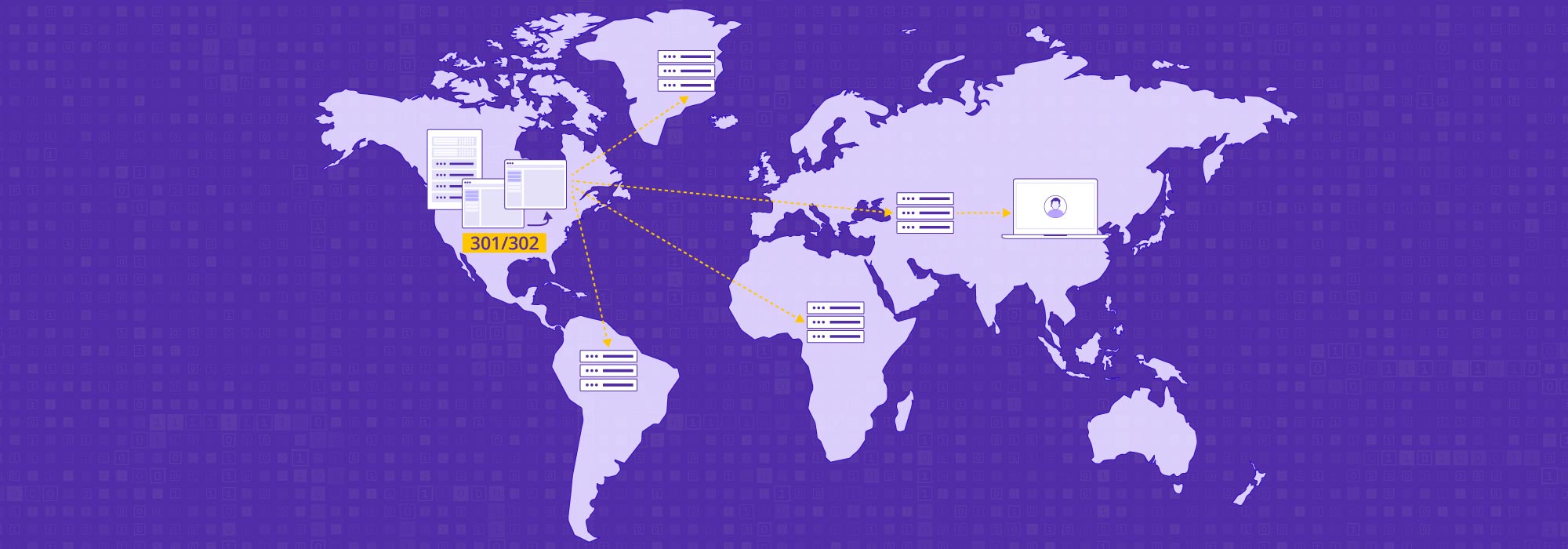The global edge computing market size is projected to reach $3.24 billion US by 2025 (according to a study conducted by Grand View Research, Inc.). While this research underscores the speed and volume at which edge computing installations are growing, it masks the idea that many organizations still consider themselves in the early adoption phases of this technology. Before companies plan the move to widespread rollouts, they are seeking answers to significant deployment questions.
A recent IDC research survey points to several issues that could hinder the projected wide-spread adoption of edge computing. I reviewed the findings in IDC’s March 2018 Enterprise Data Center Edge Survey, to learn more about the inhibitors in question. Based on the identified end user concerns, it becomes apparent that the IT solution provider community will play a big role in helping their customers overcome the identified obstacles.
Since edge computing implementations are often located in remote areas, value-added resellers (VARs) and managed service providers (MSPs) are the most likely IT solution provider candidates to offer support. These are smaller firms who regularly extend coverage to rural and less populated areas.
Addressing the leading factors that hinder edge computing deployments
The IDC survey identified multiple areas that act as inhibitors to edge computing growth. This blog post analyzes four important areas of concern and proposes ways to overcome these inhibitors.
Inhibitor 1: Lack of internal skills
In 2019, 46.2% of end users that plan to deploy edge solutions are concerned about their ability to support remote equipment. Since edge implementations will occur in areas with no IT experts on site (think of a retail location staffed with cashiers and store managers) organizations are nervous about the support costs of edge.
Inhibitor 2: Cyber and physical security
Cybersecurity starts with physical security. Since edge computing systems will be located, in many instances, near people (e.g., factory workers, hospital attendants etc.) physical security is a must. A self-contained system with remote monitoring equipment (such as sensors or cameras) will help discourage any unwanted tampering. New edge computing solutions like micro data centers are pre-configured and pretested for functions including cyber security and, just as importantly, are designed with physical security in mind. These systems are shipped in durable rack enclosures and can be equipped with secure locking systems and motion sensors.
Inhibitor 3: Managing the costs of the cloud
Many enterprises have discovered that the migration to the cloud can be expensive. When IoT data is being consistently transmitted in real-time to the cloud, end users are paying cloud providers for inward-flowing data and message processing and outflowing data. Edge implementations act as a control on these costs by processing a good portion of this data locally before the data is transmitted to the cloud. In this way, only the fraction of the data that requires the hypercompute abilities of the cloud needs to be transmitted.
Inhibitor 4: Lack of sufficient maintenance support
Many organizations have traditionally performed IT infrastructure maintenance themselves. As the number of edge datacenters grows and spans a wider geographic region, many organizations will find they are unable to continue performing maintenance in-house. Because new AI technologies are now enabling innovative service and business models centered around predictive maintenance (the ability to determine remotely, ahead of time when a component is likely to fail) outsourcing to cloud-based support has grown more popular. According to a recent Deloitte survey, nearly all (93 percent) of enterprise survey respondents reported that their organizations are considering, or have already adopted, cloud services. These new models, administered by MSPs focused on edge computing, help deliver a robust support solution.
Learn about CDNetworks Edge Container Platform solution.


